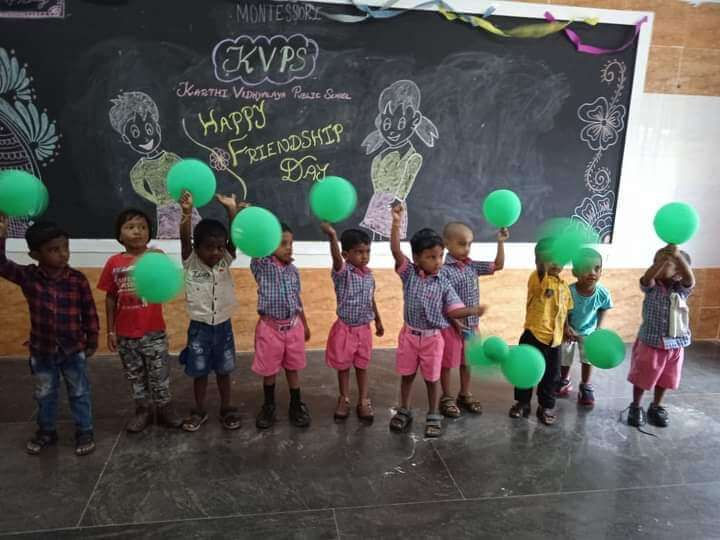How can I incorporate hands-on activities into my CBSE Science lessons-Karthi Vidhyalaya CBSE
- Code Shoppy
- Dec 20, 2023
- 2 min read
As an educator, you recognize the importance of hands-on activities in the learning process. This is especially true in science education, where students need to have the opportunity to engage with the concepts they are learning in a tangible way. But how can you incorporate these types of activities into your CBSE science lessons? At Karthi Vidhyalaya CBSE, we believe that practical, hands-on learning is essential for student success. Here are some tips and strategies for incorporating hands-on activities into your CBSE science lessons:
1. Start with a clear learning objective. Before you plan any hands-on activities, make sure you have a clear understanding of what you want your students to learn. What are the key concepts or skills you want them to gain from this activity? Kumbakonam CBSE School list
2. Choose the right activity for your learning objective. There are countless hands-on science activities out there, but not all of them will be appropriate for your specific learning objective. Choose an activity that will help your students achieve the learning outcomes you have set.
3. Consider the resources you have available. Some hands-on activities require specialized equipment or supplies, while others can be done with materials you likely already have in your classroom. Be sure to choose an activity that fits within your resources and budget.
4. Be prepared. Before you start any hands-on activity, make sure you are fully prepared. This includes having all the necessary materials ready to go, as well as any safety precautions or procedures you need to follow.
5. Provide clear instructions. Make sure your students understand what they need to do and how to do it safely. This may involve demonstrating the activity yourself, providing written instructions, or working through the activity as a class.
6. Encourage student engagement. Hands-on activities are most effective when students are actively engaged in the learning process. Encourage them to ask questions, make observations, and draw conclusions based on their experiences. Schools in Kumbakonam
7. Follow up with reflection. After the activity is complete, take time to reflect with your students on what they learned and how it connects to the broader science concepts they are studying. This will help reinforce the learning and make it more meaningful for your students.
Incorporating hands-on activities into your CBSE science lessons can be a challenge, but it is worth the effort. By providing your students with opportunities to engage with science concepts in a practical way, you are helping them develop a deeper understanding of the subject matter and preparing them for future success in science. At Karthi Vidhyalaya CBSE, we are committed to providing our students with the best possible science education, and we believe that hands-on activities are an essential part of that experience.





Comments